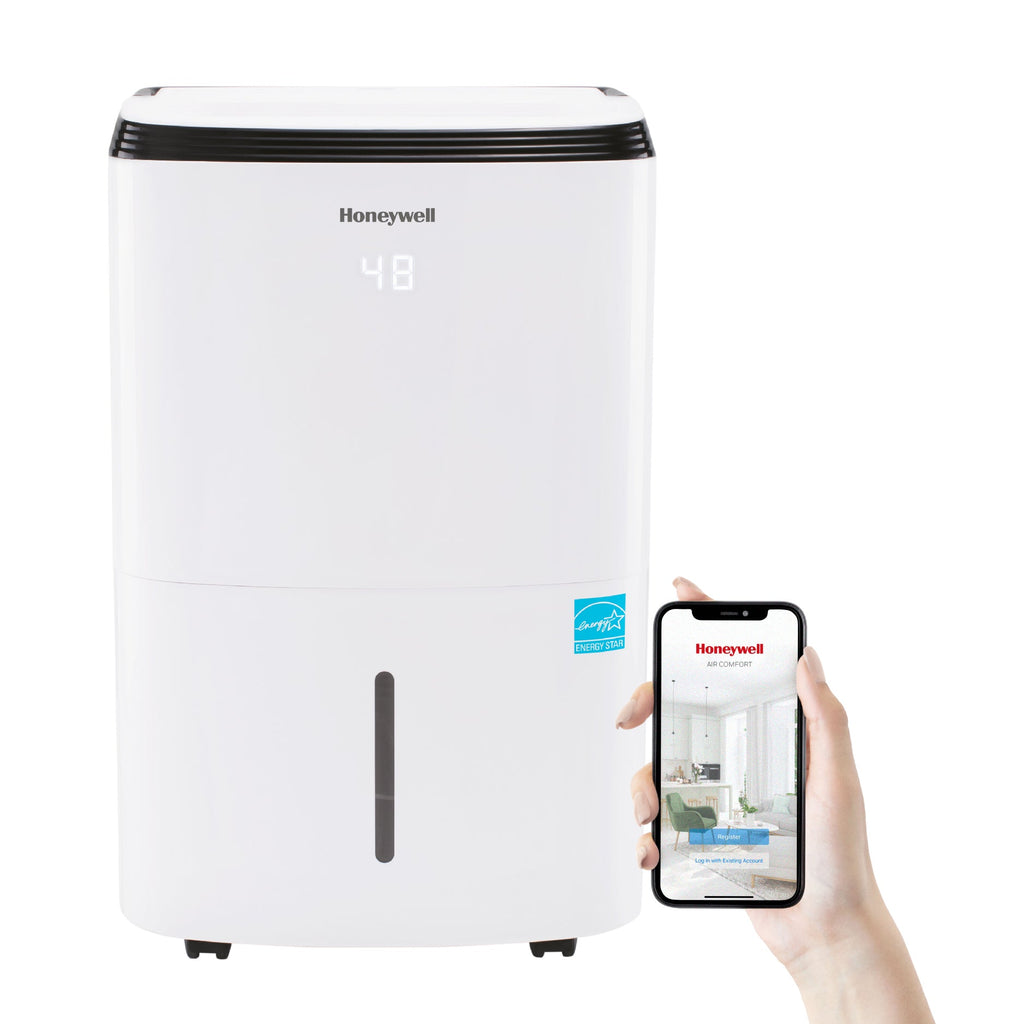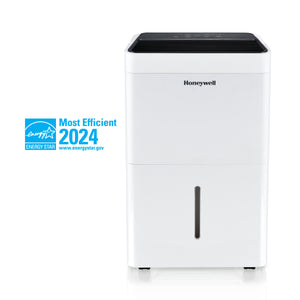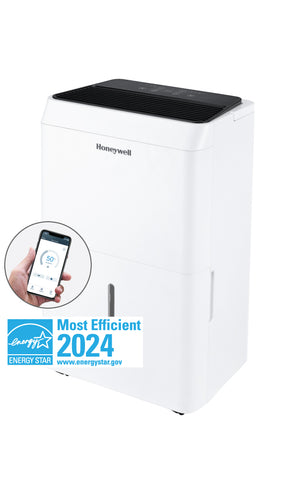
The Right Dehumidifiers for Crawlspaces
Crawlspaces are often tight, damp spaces that can be challenging to access. A crawlspace dehumidifier is the solution to maintaining an optimal humidity level in these areas. These units are compact and designed to fit within the limited space available in crawlspaces.
Dehumidifier vs. Moisture Absorbers for Crawlspaces
Dehumidifiers are often more efficient and convenient than moisture absorbers for crawlspaces. While moisture absorbers are a low-cost option, dehumidifiers offer consistent humidity control, making them a better choice for long-term solutions.
Dehumidifier Placement in the Crawlspace
A crawlspace is a shallow, unfinished area beneath the first floor of a house, providing access to utilities like plumbing and HVAC systems. Unlike basements, crawlspaces are not tall enough for standing and are accessed by crawling. They serve purposes such as ventilation, facilitating maintenance, and adapting to uneven terrain during construction. Crawlspaces require proper maintenance to prevent issues like moisture and mold, which can be addressed through insulation, ventilation, and moisture control measures.
Here, we will discuss moisture-control measures by using a portable dehumidifier to remove excess moisture from the crawlspace. The goal is to ensure that it can efficiently extract excess moisture and maintain the desired humidity level in this often tight and hard-to-reach space.
Here are some essential tips to consider when deciding where to position your crawlspace dehumidifier:
- Accessibility: While crawlspaces can be challenging to access, it's essential to ensure that the dehumidifier is positioned in a way that allows for routine maintenance. Regular cleaning of filters and drainage systems is crucial for the unit's longevity and performance. Ensure that you can reach the dehumidifier easily for these tasks.
- Central Location: If the height of the crawlspace is high enough to place a portable dehumidifier, then it should be positioned in a central location within the crawlspace, that is still easy enough to access for maintenance. This allows for more even distribution of dry air throughout the area, ensuring that no corner is left untreated. This central positioning helps to prevent moisture concentration in certain areas. If the height of the crawlspace does not allow for a compressor dehumidifier to be positioned, then it may only be possible to position as close to the opening as possible and allow the moisture to be pulled through the crawlspace into the dehumidifier. It’s important that windows and doors are closed to not allow extra moisture to enter during the dehumidification process.
- Elevated Platform: To protect the dehumidifier from potential flooding or moisture accumulation on the ground, consider placing it on an elevated platform or concrete block. This minimizes the risk of damage due to water exposure and helps the unit operate more efficiently.
- Distance from Obstacles: Keep the dehumidifier away from obstacles or obstructions, such as ductwork, pipes, support columns, furniture and other objects or linens. Adequate space around the unit allows for proper airflow and efficient operation.
- Proximity to the Source: If you are aware of specific moisture sources within the crawlspace, such as leaks or water infiltration, consider placing the dehumidifier near these sources. However, it is recommended to fix leaks and other water infiltration on the long run for safety and to avoid the longer-term damages due to such prevailing moisture conditions.
- Ventilation: If your crawlspace has vents, place the dehumidifier near one of these vents to facilitate the circulation of drier air. The dehumidifier will work more efficiently when it can draw in air from the crawlspace and expel drier air through the vents.
Remember that the best placement for your crawlspace dehumidifier may vary depending on the specific conditions of your space. Be mindful of factors such as the size of the crawlspace, the presence of moisture sources, and the layout of the area when determining the ideal location for your dehumidifier. Always follow the instructions from the dehumidifier user manual to ensure safe positioning and operation procedures are followed, to avoid hazards associated with operating the dehumidifier for long period of time. It is important to regularly monitor the humidity levels in your crawlspace to ensure that the unit is effectively managing moisture and be prepared to make adjustments if necessary. With the right placement and proper maintenance, your dehumidifier will help keep your crawlspace dry and mold-free, contributing to a healthier home environment.
Best Dehumidifiers for Crawlspaces
Select the best dehumidifier for your crawlspace. The ideal unit will depend on the size of the area, the humidity levels, and any specific requirements you have. Some of the top-rated dehumidifiers for these spaces include:
- Honeywell TPFIT50PWK: A 50-pint Energy Star dehumidifier with a built-in pump, perfect for basements.
- Honeywell TP70AWKNR: A 50-pint (70-pint 2019 DOE standard) smart dehumidifier with Alexa voice control, ideal for advanced humidity control in basements.
- Honeywell TPFIT50WK: A 50-pint Energy Star dehumidifier with 'Laundry Mode', suitable for smaller spaces.






